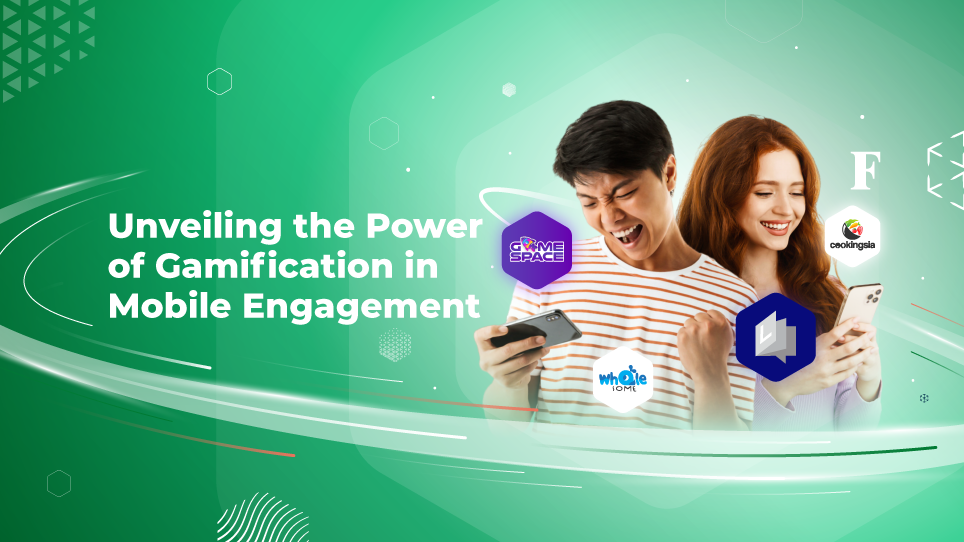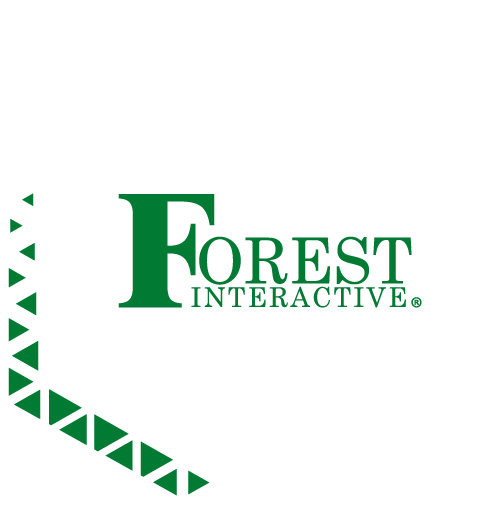
Mobile applications vie for people’s attention in a world where screen time is the new currency. Enter gamification: the art of turning mundane tasks into mini adventures. This clever trick borrows from the psychology of play, sprinkling the dopamine-inducing elements of games into everyday digital experiences. The result? Apps that don’t just serve a purpose, but actually make users look forward to using them.
What is Gamification?
Gamification involves applying elements of game design and principles to non-game activities to increase participation, loyalty, and enjoyment. In the realm of mobile engagement, this translates into using game-like features such as points, badges, leaderboards, and challenges to motivate users and keep them coming back for more.
Enhancing User Interaction
Mobile apps often struggle with user retention and engagement. Gamification addresses these issues by:
- Increasing Motivation: By offering rewards and recognition (like badges or virtual currency) for completing tasks or achieving milestones, gamification incentivizes users to stay engaged.
- Creating Competition: Leaderboards and challenges foster a sense of competition among users, encouraging them to interact more frequently and intensively with the app.
- Driving Learning and Mastery: Games are inherently educational, requiring users to learn and apply new skills. In apps, gamification can guide users through learning processes while keeping them entertained.
Forest Interactive’s Platform Implementation
At Forest Interactive, we view gamification as a transformative tool that can significantly enhance user engagement in the mobile space. Our products leverage gamification strategies to create meaningful and personalized user experiences. Here’s how our projects have made a difference:
- Gamespace: Our one-stop portal for over 200 HTML5 games provides a diverse gaming experience compatible with both mobile and desktop computers. By continuously adding new games based on subscription frequency, we keep users engaged and entertained. Gamification elements like leaderboards and rewards are integrated to boost user retention and encourage regular interaction.
- Linguisto: As an e-learning platform, Linguisto makes mastering new languages accessible and enjoyable. Partnering with the U.S. Agency of Global Media, Linguisto offers educational materials from the largest U.S. international broadcaster. By incorporating gamified learning modules, we enhance user motivation and retention, addressing the increasing demand for flexible educational solutions.
- Whalesome: Our multiplatform kids’ entertainment channel features hundreds of children’s educational and entertainment videos. With branded content, short-form videos, and interactive widgets, Whalesome leverages gamification to create an engaging environment for kids. Customizable based on market behavior, Whalesome ensures consistent content updates and high-quality, globally recognized content to maintain user interest.
- Cookingsia: This Arabic cooking recipe portal offers a vast selection of popular and special home recipes in both English and Arabic. By integrating gamification elements such as recipe challenges and cooking milestones, Cookingsia engages users who rely on their smartphones and tablets for culinary inspiration. With millennials and Gen Z parents seeking new recipe ideas, gamification helps keep users motivated and coming back for more.
Real-World Applications
Several industries have successfully leveraged gamification to enhance mobile engagement:
- Fitness Apps: Apps like Strava use gamification to motivate users to set and achieve fitness goals, compete with friends, and earn badges for accomplishments.
- E-learning Platforms: Duolingo gamifies language learning by awarding points and levels for completing lessons and maintaining streaks, making learning a language more enjoyable and addictive.
- Retail and Loyalty Programs: Retailers use gamification to reward customers for purchases, referrals, or social media shares, fostering brand loyalty and increasing sales.
The Psychology Behind Gamification
The appeal of gamification lies in tapping into basic human desires such as achievement, recognition, and competition. By providing clear goals and instant feedback, gamification triggers dopamine release in the brain, reinforcing positive behaviors and creating a sense of accomplishment.
Designing Effective Gamification Strategies
To effectively implement gamification in mobile engagement, consider these key strategies:
- Know Your Audience: Understand what motivates your users and tailor game mechanics to align with their interests and behaviors.
- Set Clear Goals: Define specific objectives for gamification, whether it’s increasing user retention, driving engagement, or promoting specific actions.
- Balance Challenge and Reward: Design challenges that are challenging yet achievable. Ensure rewards are meaningful to maintain user interest.
- Iterate and Improve: Continuously monitor user feedback and analytics to refine gamification strategies for optimal effectiveness.
Boosting User Engagement Through Gamification: Forest Interactive’s Winning Strategy
Gamification has revolutionized mobile engagement by transforming routine interactions into immersive and rewarding experiences. By integrating game mechanics strategically, apps can captivate users, drive engagement, and ultimately achieve their business goals in a competitive digital landscape.
At Forest Interactive, we champion the power of gamification through innovative products like GAMESPACE, LINGUISTO, Whalesome, and Cookingsia. Our approach demonstrates how integrating game elements can boost user retention, foster community, and drive business success. Embrace gamification today and unlock new possibilities for mobile engagement.



